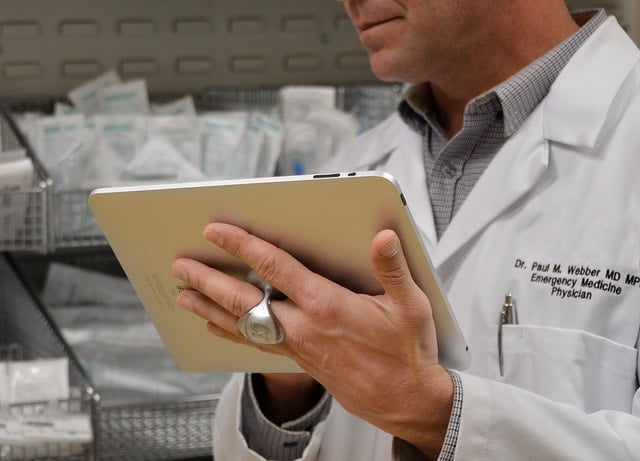Healthcare has been seeing a radical change in systems and processes over the past five years with improvements to mobile technologies. It is true that almost every industry sector has seen some changes due to technological advancement, but this is much more the case in the medicine field. You can also visit online websites such as IGP where you can get an online doctor’s diagnosis for a range of different conditions.
Physicians have embraced technology as a way to reduce the error rates, improve patient informational access, and stay current with new advancement in the medical profession.
Software Helps To Diagnose Patients
Rather than the doctor working alone with their patient analysis, they can now consult computer apps which rely on super-computer number-crunching analysis to take the list of patient symptoms and suggest possible causes.
The same software that was used to play quiz shows in 2011 is now being utilized successfully with this type of analysis according to IBM.
This type of software helps improve what a physician can be made aware of in order for them to provide appropriate medical treatment.
Doctors Are Going Social
Doctors are embracing the use of the Doximity social network (60% of U.S. physicians, which is an enormous market share this early). The network is being used by doctors to interact, compare notes, and discuss serious medical issues. This social network allows doctors to more easily connect up with other specialists in their field.
Shared Access to Patient Information
Patients can now be provided with limited access to medical information online. Different medical providers provide varying levels of access to patient information. This access helps remove obvious errors that the patient is able to pick up on and helps their physician to provide more accurate care.
Remote Monitoring By Doctors
For patients that warrant it, a device can be provided to the patient which can monitor different types of health indicators. The most common use of this technology is with pacemakers where an issue with the technology can be alerted to the physician who can take swift action to provide an appropriate response.
Faster Response to Outbreaks
Information is being shared within the medical community about viral outbreaks. Health providers include the World Health Organization that monitor and deal with worldwide outbreaks and the potential for vaccination research. This can spur local doctors to ask relevant questions like the recent travel of patients who are exhibiting symptoms that might be a match for an outbreak.
Physician Incentive Plans
You might ask, what are physician incentive plans? Either a doctor or a practice can be given financial awards based on performance.
The criteria for the financial bonuses are its processes, their outcomes, the patient experience, and structure:
- The processes should promote positive outcomes for patients with a focus on total care rather than only dealing with symptoms.
- Patient outcomes should reflect high performance.
- Patient experience and care should be rated by the patients themselves with communication between staff and patient being one of the criteria.
- The organization should also be structured in way to implement new technological advancement quickly whilst maintaining proper medical records.
The combined benefits of advanced technology and its use by physicians enables doctors to provide a far greater level of care. Physicians are still needed to provide initial diagnosis, decision-making, and oversight. The inclusion of physician incentive plans may also help doctors to focus in the right areas which may also benefit patient care too.
You can also visit online websites such as <IGP> where you can get an online doctor’s diagnosis for a range of different conditions

